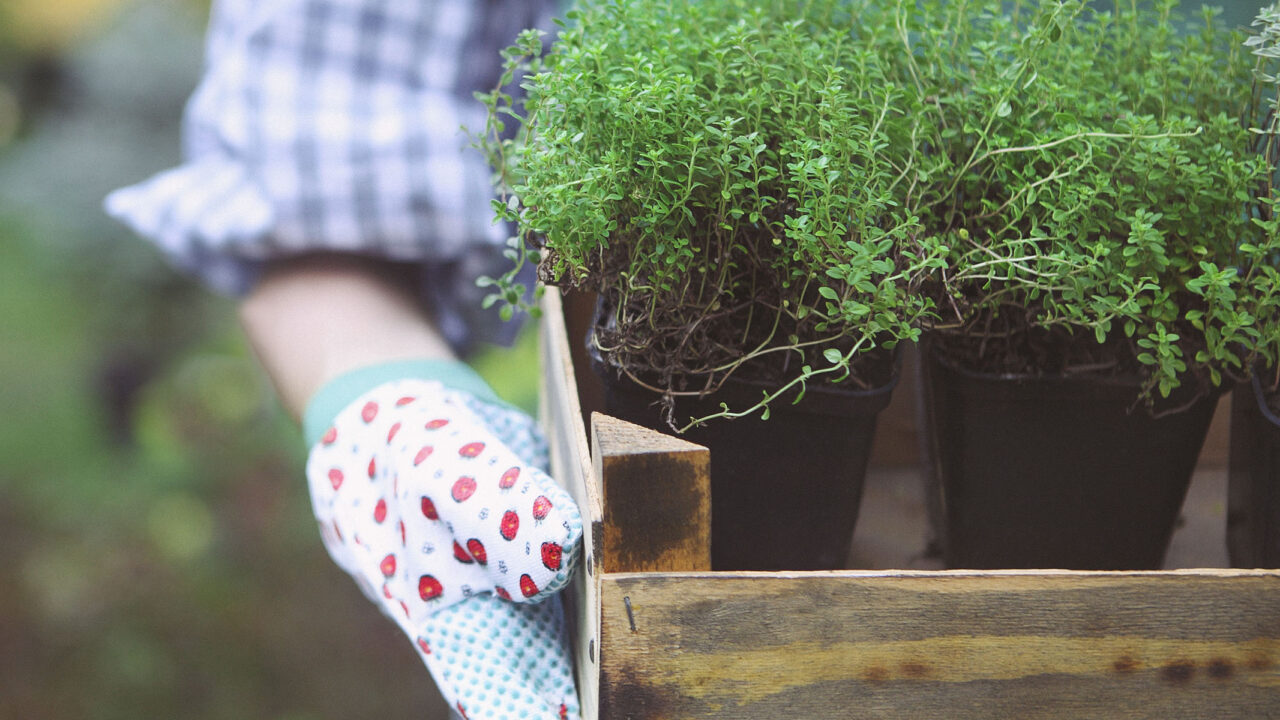Characteristics
| Hardiness zone | 9b |
|---|---|
| Foliage type | evergreen |
| Plant form | arching |
| Mature height | 18 inches |
| Spread | 18 inches |
| Light requirements | partial shade to shade |
| Moisture requirements | moist |
| Plant origin | import |
Houston's favorite garden center devoted to Texas native plants and organic gardening.
Botanical name: Pellaea falcata
An ornamental fern with rich glossy green fronds to grace a shaded indoor container or basket; a very nice arching habit and deep color make it a great houseplant.
| Hardiness zone | 9b |
|---|---|
| Foliage type | evergreen |
| Plant form | arching |
| Mature height | 18 inches |
| Spread | 18 inches |
| Light requirements | partial shade to shade |
| Moisture requirements | moist |
| Plant origin | import |
Sickle Fern's glossy ferny pinnately compound leaves remain green in color throughout the year. The flowers are not ornamentally significant.
This is an herbaceous evergreen houseplant with a shapely form and gracefully arching foliage. Its relatively fine texture sets it apart from other indoor plants with less refined foliage. This plant usually looks its best without pruning, although it will tolerate pruning.
When grown indoors, Sickle Fern can be expected to grow to be about 18 inches tall at maturity, with a spread of 18 inches. It grows at a medium rate, and under ideal conditions can be expected to live for approximately 4 years. This houseplant performs well in both bright or indirect sunlight and strong artificial light, and can therefore be situated in almost any well-lit room or location. It requires an evenly moist well-drained soil for optimal growth, but will suffer if left to grow in standing water. The surface of the soil shouldn't be allowed to dry out completely, and so you should expect to water this plant once and possibly even twice each week. Be aware that your particular watering schedule may vary depending on its location in the room, the pot size, plant size and other conditions; if in doubt, ask one of our experts in the store for advice. It is not particular as to soil type or pH; an average potting soil should work just fine.
There are many factors that will affect the ultimate height, spread and overall performance of a plant when grown indoors; among them, the size of the pot it's growing in, the amount of light it receives, watering frequency, the pruning regimen and repotting schedule. Use the information described here as a guideline only; individual performance can and will vary. Please contact the store to speak with one of our experts if you are interested in further details concerning recommendations on pot size, watering, pruning, repotting, etc.
